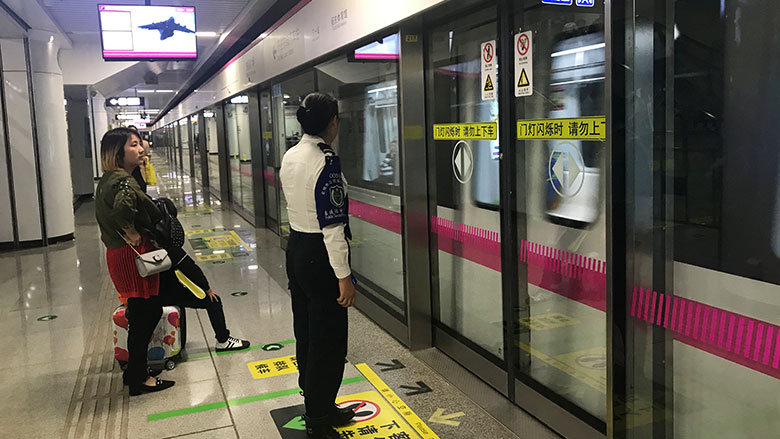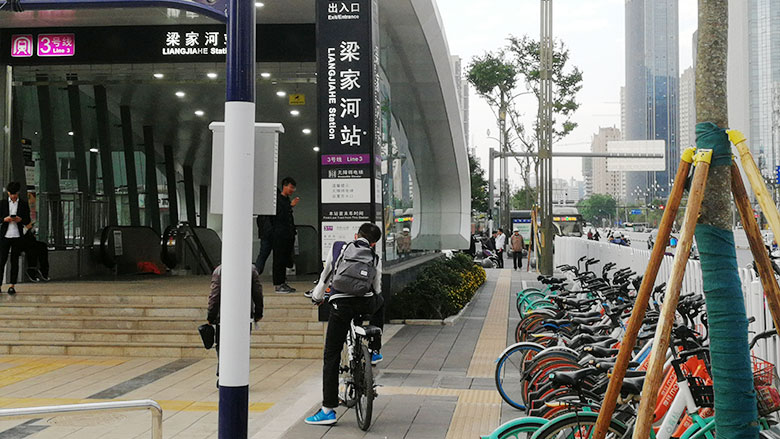Challenge
With rapid urbanization and rising incomes, traffic congestion became a growing concern for China’s main cities in the 2000s. Kunming is the capital city of Yunnan, one of the poorest provinces in southwestern China. Kunming had kept expanding and growing. In 2010, the city had a population of 5.7 million, one million vehicles and 3,000 buses. Although it was one of the first cities in China to implement a network of bus-priority corridors, the city had been facing challenges related to rapidly growing motor vehicle traffic.
Approach
Urban rail has the potential to deliver significant social, economic and environmental benefits, including lower levels of congestion, air pollution and greenhouse gas (GHG) emissions, increased mobility and accessibility for the low-income population, and increased use of complementary means of non-motorized transport. Therefore, urban rail development was prioritized in urban transport development of Chinese cities in 2005-2015. Kunming was chosen for a pilot urban rail project in China to receive support from the World Bank.
The Bank was engaged in a dialogue with the government and second- to third-tier cities on the need to focus on multimodal integration to facilitate transit and support the development of compact city growth. This project was the first in China to tackle such issues, along with the investments in the construction of high-quality urban rail infrastructure. As several features were new, including fare integration, the use of indicators to measure integration and compact city growth, and the focus on the land around the stations, the Bank was able to add value by providing technical support not only as part of preparation and supervision missions, but also by facilitating knowledge exchanges between Kunming, Zhengzhou and Nanchang urban rail projects, all of which were supported by the Bank
Though it was the first Bank-financed metro project in China, it was benchmarked against numerous projects in the region and globally. The project design benefitted from the Bank’s guidance on engineering, policy and institutional aspects, urban planning, and the development of innovative tools and methodology to forecast urban rail demand, as well as the introduction of a public consultation and community engagement approach. The capacity-building activities helped strengthen the management of urban rail investments and the quality of service, while improving knowledge on Transit Oriented Development (TOD) and land value use.

